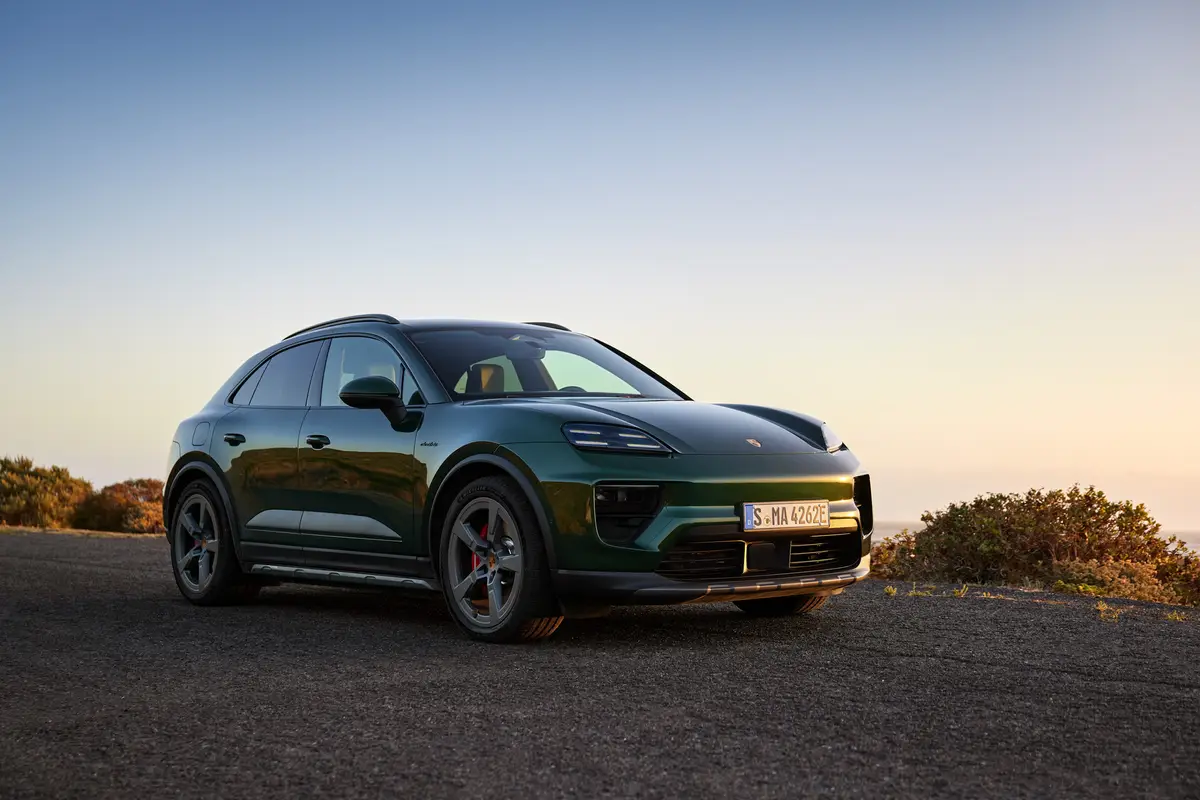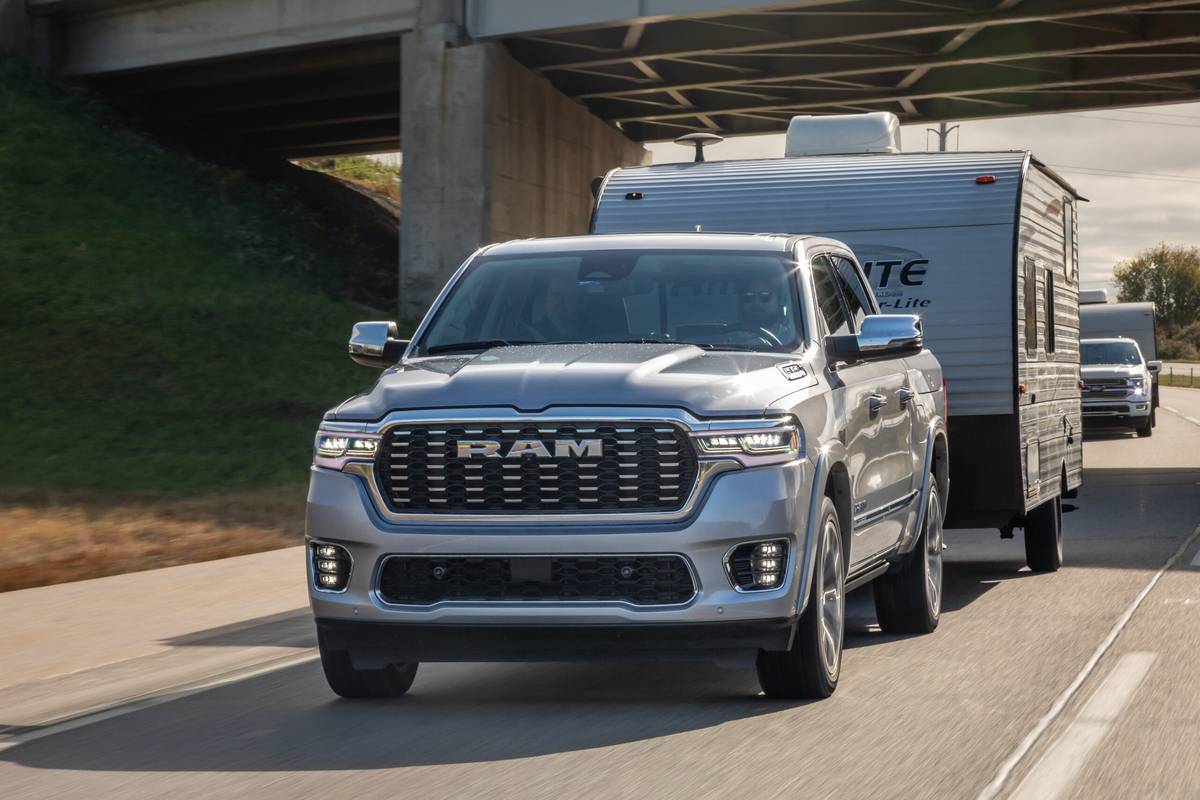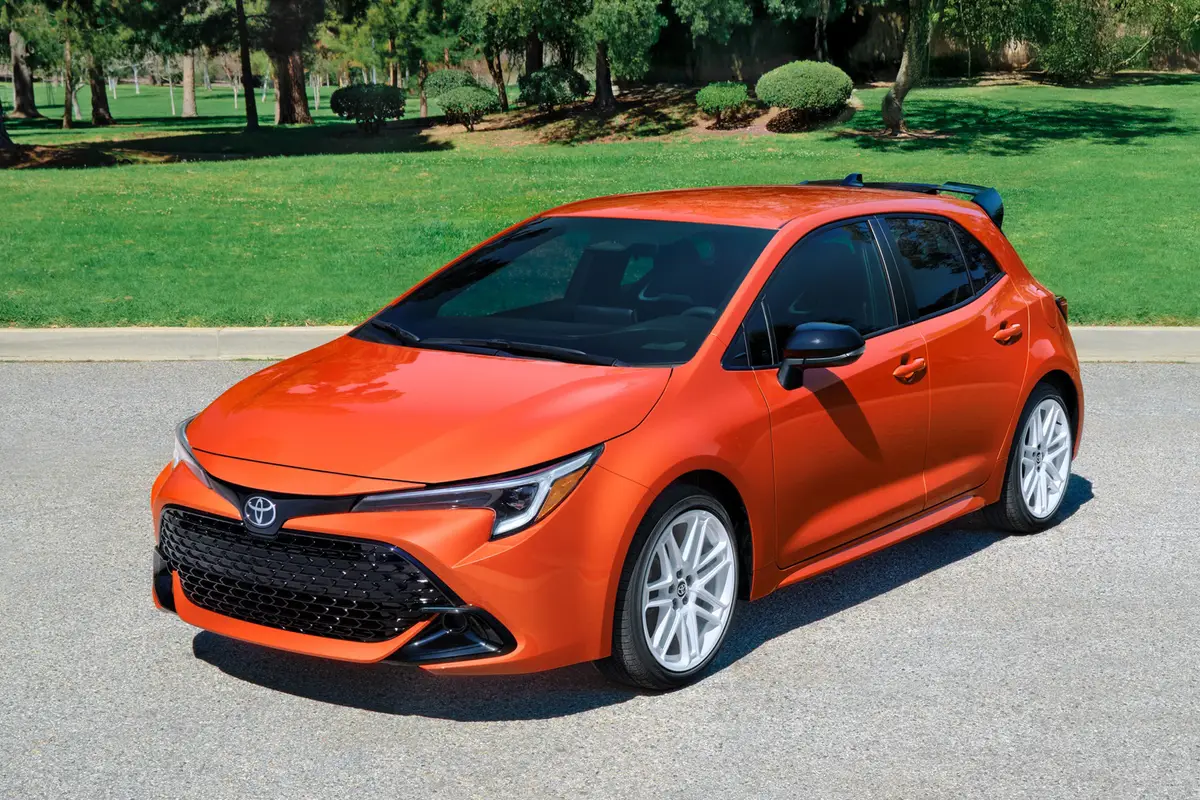TheMercuryNews.com's view
They don’t usually make them like this anymore. Then again, they didn’t really make them like this in the first place.
I’m talking about big American luxury cars — you know, living rooms on wheels, otherwise known as “big boats.”
Cadillac has had a lot of them over the years. American tastes changed, though, and now Cadillac’s sales are at a 16-year low. And that’s too bad, because Cadillac’s new Concours is all about how a big luxury car can be done right.
The Concours is a special model of Cadillac’s DeVille, the most popular Caddy these days with sales of more than 100,000 annually.
Both the DeVille models and the Concours are long and flowing cars — 17.5 feet long, to be exact. That’s plenty of room for three good-sized adults to fit comfortably — let me emphasize, comfortably — in the back seat. How often do you hear that these days? And for someone my size, 5-foot-4, it’s more than enough room to stretch out the legs, and, well, lounge around and relax.
Even the front seats are wide enough for large-bodied folks.
But while the regular DeVilles have the more floaty, cushioned ride and maybe more chrome than today’s 40-something and 50-something buyers might want, the Concours is special. It has all the roominess of the traditional Caddy, but less chrome and, most importantly, the responsive road manners expected by many of today’s well-to-do.
It just looks a lot like the other DeVilles — but don’t let that fool you.
Underneath that DeVille body is a Concours with surprisingly tight-feeling body, sophisticated suspension and electronics to give this big baby impeccable road handling, and an impressively smooth powertrain that includes a 300-horsepower, Northstar V8.
I didn’t believe it either, until I drove one. Cadillac did a lot of work, and it shows.
For 1997, the Concours has an integrated chassis control system (ICCS) standard. It uses inputs from the antilock brakes (ABS), wheel position sensors and the steering wheel, among others, to help control the car’s movements, and without a lot of bells and whistles that would distract a driver.
The Concours ICCS automatically monitors “road texture” to make sure that the brakes are engaged effectively, no matter if you’re on smooth pavement or gravel. In some other ABS-equipped cars, the ABS actually could lengthen braking distances on dirt or gravel, rather than helping improve braking distance, because there’s no variability in how they are applied.
In addition, the Concours measures yaw rates (how much a car is veering off a straight course) and compares that with the driver’s steering directions for the car.
If the ICCS notices that the car isn’t responding quickly enough to a driver’s steering instructions — there’s some understeer, for example — it automatically applies the brake on the inside front wheel. That slows the car and turns it toward the wheel that’s braking, sort of like dragging a paddle on one side of a canoe to get it to turn the direction you want. The driver may not even be aware that this is happening.
Which is why DeVille brand manager Janet Eckhoff calls ICCS “a guardian angel” for the driver.
Ever heard of a big boat that came with one of those?
How about window wipers that “sense” rain and turn themselves on, and off, automatically? That’s standard on Concours.
What about separate programmable memories for separate drivers that include, besides the typical driver seating positions and radio tuning, separate car phone directories?
You guessed it. Concours has that, too.
Yes, they sure didn’t make them like this before.
Latest news



